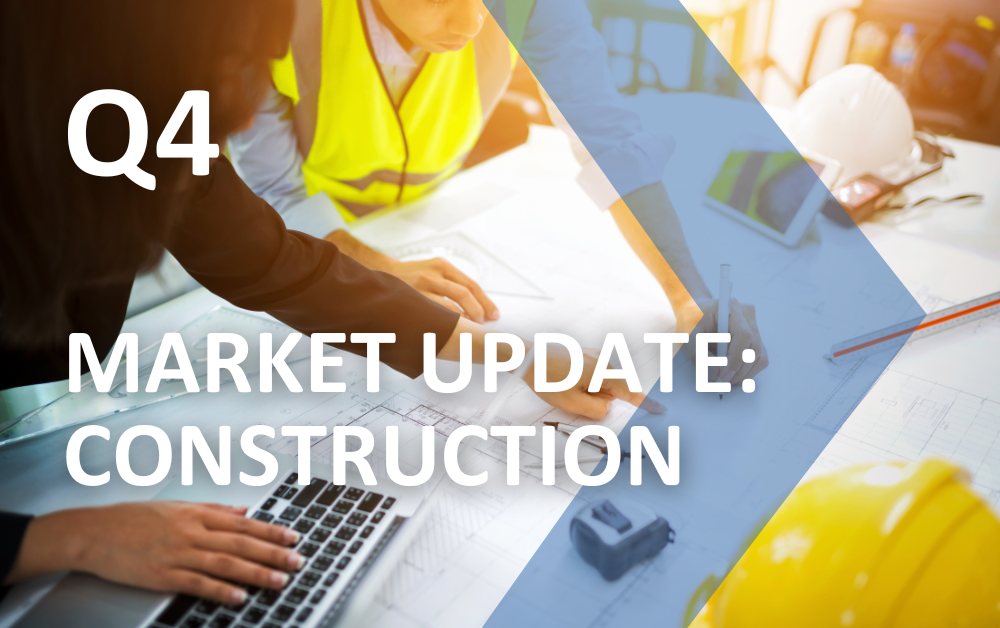1. Material Shortages Could Loom in the Coming Quarters
The construction supply chain has been fairly resilient over the past two years. Some spot shortages of electrical boards and equipment appear to be chronic, but other items have been largely available. But that could change based on trade pressures, purchasing manager inventory strategies (holding off on reorders until inventories are dangerously depleted to avoid tariff impacts), and other challenges.
The most significant development is a global copper deficit projected to reach 150,000 tons in 2026, reversing earlier surplus expectations. The Grasberg mine in Indonesia—the world's second-largest copper operation—experienced a catastrophic incident in October 2025 that halted production and reduced global output by approximately 250,000-260,000 metric tons. For construction, copper wiring, grounding systems, and electrical infrastructure are essential and electrical project costs are likely to rise sharply in 2026.
Electrical panels, switchgear, breakers, and control equipment continue to experience extended lead times. Smaller and mid-size contractors report significant delays in sourcing panels, with some lead times extending 16 weeks or more. Pre-pandemic lead times for large power transformers (LPTs) were 30–60 weeks. Current lead times have extended to approximately 150 weeks for general transformers and 120–210 weeks for large substation power transformers and generator step-up (GSU) transformers. Distribution transformers face 80–100+ week lead times compared to pre-pandemic baselines of 20–26 weeks.
Lumber supply is a question mark. U.S. sawmill and wood preservation firms are operating at a utilization rate of only 64.4% (due to US housing slowdown) and this creates a paradox: domestic mills have the ability to ramp production but are reluctant to do so given reduced pricing incentives and weak demand signals. North American mills cannot meet the nation's full lumber consumption needs at current utilization rates. Simultaneously, a 10% tariff took effect on October 14, 2025, rising to 30% on January 1, 2026, on Canadian softwood lumber—a critical supply source that provides approximately 70% of U.S. imports. This tariff escalation creates a cliff risk: contractors and builders will likely pull forward orders before January 1, 2026, creating a demand surge that domestic mills at 64% utilization cannot satisfy.
Lastly, the EPA banned R-410A refrigerant forcing all new HVAC systems to use R-454B (an A2L-rated refrigerant). Shortages stem from both a surge in demand and a structural supply constraint: a severe shortage of DOT-certified, A2L-rated 20-pound cylinders. Contractor’s report lead times of 10–12 weeks for refrigerant acquisition, and cylinder prices have spiked from $485 to $1,050 in some markets. Contractor hoarding behavior (akin to the 2020 toilet paper crisis) is exacerbating scarcity. Suppliers are limiting purchases to 20 pounds per week or bundling refrigerant with equipment sales. Regional shortages are acute in high-cooling-demand areas like Florida, Texas, and Arizona.
And this is just the tip of the iceberg given multiple factors ranging from tariff and trade regulation uncertainty, to surges in demand, low inventories headed into this construction cycle, and a few supply chain bottlenecks caused by accidents and other factors. Next year will be interesting and challenging in keeping construction projects on track (and on budget). And that doesn’t even begin to touch on labor issues.
Additional Reading: Backgrounder on R-454B Changes
2. Will the Residential Market See a Rebound in 2026?
The residential market in the US has been through fits and spurts in 2025 and next year could be just as volatile without some relief. It is a critical sector for the US economy, accounting for as much as 16% of GDP in a healthy economy. Residential construction spending is down 5.1% Y/Y based on the latest available data. Single family spending is down 2.1% and multifamily was down 9.4%.
Affordability is the big factor holding the market back, and that is comprised of three areas. Consumers weigh interest rates, construction costs, and land acquisition costs in their assessment of whether the market is conducive or not. There are additional factors that go into measures of whether consumers are ready to get back into the market (disposable income, job security, etc.). But interest rates are the top headline factor that most keep an eye on.
Although mortgage rates have eased over the past 60 days (6.5% for the average 30-year Fixed Rate Mortgage to 6.17%), they still need to pierce the 6% threshold before many buyers come off the sidelines. Mortgage rates are tied to the 10Y Treasury (typically a mortgage runs at a 1.7-2.2 percentage premium to the average yield on the 10Y). Getting the 10Y closer to 3.5% would help mortgage rates pierce the 6% range and stimulate activity. This rule also generally holds for multifamily projects.
Input prices into construction may not be easing (labor and material costs remain elevated), but builders have ways of trimming square footage, certain amenities, etc. to drive purchase activity. Interest rates remain the key and there is some confidence that rates will ease in 2026 and help spur activity.

